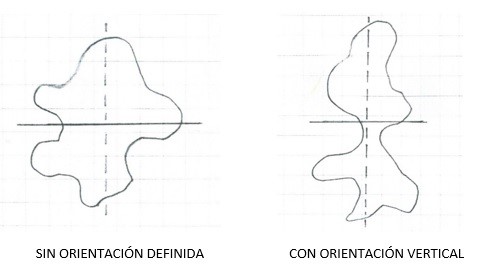El Aprendizaje de Relaciones Simétricas en los Niños
DOI:
https://doi.org/10.33017/RevECIPeru2018.0019/Keywords:
intuitive notion of space, simple symmetry, elementary geometric shapes, simple fractals, symmetric composition ruleAbstract
This article contains two parts, one introductory and the other with the development of an educational program for children from 5 to 7 years of age. The theory and findings of genetic psychology showed that children between 5 to 7 years of age possess intuitive notions about space, that is, notions of space based on the perceptual data of objects (visuotactilokinestesicos character data) and on the spatial images that arise from the manipulatory-perceptive activity of the child on the objects he perceives, allowing him to group objects in figurative and non-figurative collections, which genetic psychologists Jean Piaget and Bärbel Inhelder have described in terms of simple symmetries: mirror, axial and of rotation. This intuitive mastery of the symmetries in the child has led us to propose a set of activities to apply the mentioned symmetrical rules so that the children can discover with the guidance of the teacher, the intra- and inter-figurative properties of the elementary geometric forms for which three phases have been designed, followed by a fourth in which the child solves simple fractal problems through symmetric composition rules acquired in the first three phases. Based on the theoretical framework adopted and some background, we propose the Development of Geometric Intuition (DIG) program organized into two modules (I and II) with two phases per module: first and second phases in module I and third and fourth in module II.


